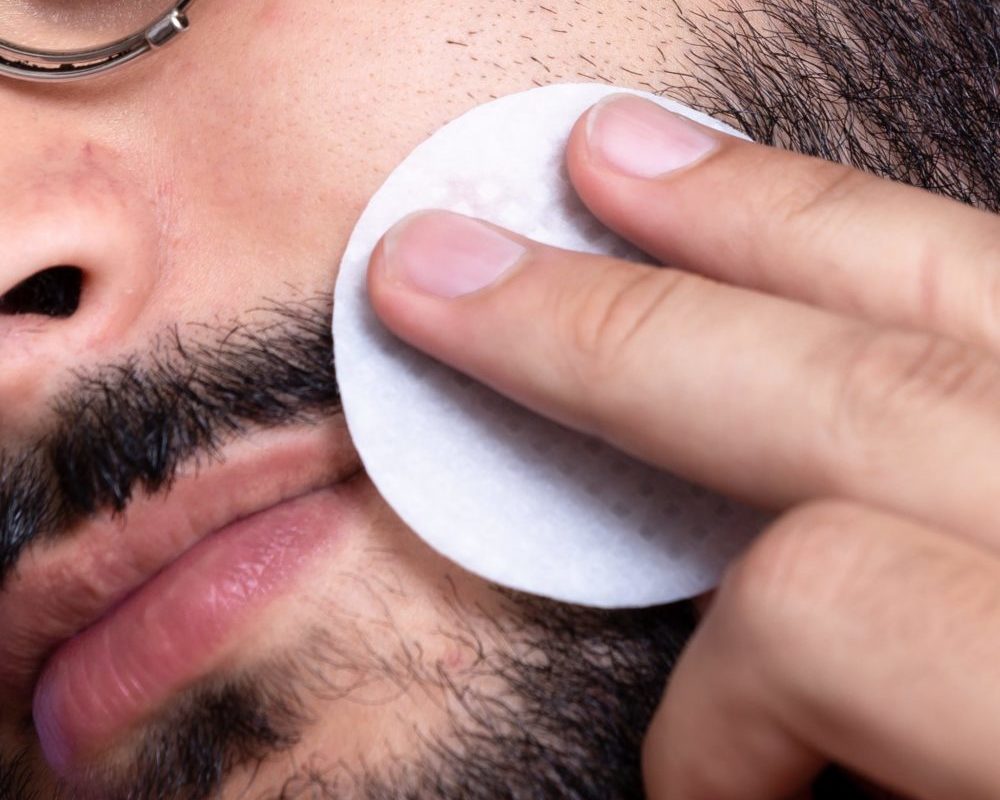Ever noticed how your skin becomes drier and flakier during the colder season? There are many treatments and preventative measures that can replenish moisture and relieve dryness.
The changes in humidity and temperature during winter creates the perfect conditions for dry skin, also known as xerosis, explains Medical News Today.
RELATED STORY: Should You Actually Check Your IUD Strings?
What does dry skin look like?
Healthline shares some of the common signs and symptoms of dry skin:
- redness
- rough texture
- flakiness
- itchiness
- cracks in the skin
- irritated skin
Treatment
Winter poses a unique problem, says Harvard Medical School, as humidity is low both indoors and outdoors. This affects the water content of epidermis, the outermost layer of the skin.
RELATED STORY: How to stay hydrated, drink more water in Winter
Dry, damaged skin requires moisture. Medical News Today says it is best to keep a simple skincare routine when treating dry skin.

Preventative measures
Harvard Medical School says dry skin is not a serious health problem. However, it can produce complications like chronic eczema or bleeding. Another possible complication is bacterial infections which may need antibiotics, the Harvard Medical School said.
- Use a humidifier.
- Limit showers or baths to 5 to 10 minutes a day. More than that may strip away the skin’s oily layer, causing more moisture loss.
- Use lukewarm water rather than hot water.
- Apply a fragrance-free moisturizer immediately after washing your hands or bathing.
The dry, winter air can make “fine lines and wrinkles more noticeable”, says the American Academy of Dermatology Association:
- Use lip balm. Your lips should not sting or tingle.
- Use gentle, fragrance-free skincare products.
- Wear non-irritating clothes and use hypoallergenic laundry detergent. Wear soft cotton or silk under clothes made of rough-feeling clothes like wool.

Kevin Khosa, Skin Expert and Customer Service Manager at SKIN functional, says adding exfoliating products into your skincare routine can change the skin’s appearance and strengthen the skin barrier.
Step 1: Define your skin type and a suitable exfoliation method:
- Dry and sensitive skin need a very gentle chemical exfoliator, or a large molecule exfoliator such as Mandelic Acid.
- Normal and acne prone skin works best with AHAs.
- Oily skin types need a Beta-hydroxy acid (BHA) such as salicylic acid to unclog pores.
Step 2: Exfoliating your dry, winter skin:
- Look for products with hydrating and skin barrier strengthening ingrdients.
- Look for products that are gentle enough for daily use, with hydrating ingredients like hyaluronic acid and niacinamide. These ingredients can hydrate and calm your skin.
RELATED STORY: 8 Perfect Gifts for the Gemini In Your Life
And don’t forget the sunscreen – even during Winter!




